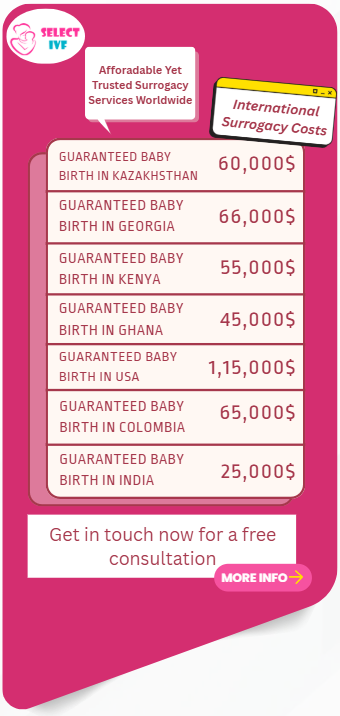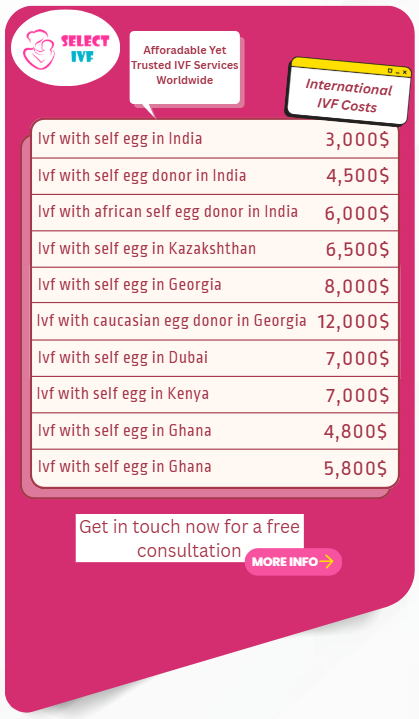In the journey towards parenthood, couples often face various challenges, and infertility is one of the most common hurdles. Fortunately, advancements in reproductive medicine have introduced innovative technologies to enhance the chances of successful conception. Among these breakthroughs is the Endometrial Receptivity Array (ERA), a revolutionary tool that plays a pivotal role in fertility treatments. In this comprehensive guide, we will delve into the intricacies of ERA, exploring its significance, methodology, and impact on fertility treatments.
What is an Endometrial Receptivity Array (ERA)?
The Endometrial Receptivity Array (ERA) is a crucial test for women undergoing IVF. Designed to address cases of repeated implantation failure post-embryo transfer, the ERA determines the optimal window for embryo implantation. By analyzing the receptivity of the endometrium, this test identifies the specific timeframe during a woman’s menstrual cycle when the uterus is most conducive to successful implantation. This personalized approach enhances the precision of fertility treatments, ensuring that the embryo is implanted at the optimal moment, thereby increasing the chances of a successful pregnancy for those facing challenges with repeated implantation failures.
Understanding Endometrial Receptivity
Understanding endometrial receptivity is crucial for fertility. Explore the factors influencing the uterus’s ability to receive and support an embryo. This knowledge is key to optimizing chances for successful conception.
The Role of the Endometrium in Pregnancy
To comprehend the importance of ERA, it is crucial to grasp the role of the endometrium in the implantation process. The endometrium, the inner lining of the uterus, undergoes dynamic changes throughout the menstrual cycle in preparation for embryo implantation. These changes, collectively known as the menstrual cycle, involve the proliferation, secretion, and shedding of the endometrial tissue.
Defining Endometrial Receptivity
Endometrial receptivity refers to the optimal state of the endometrium for embryo implantation. A receptive endometrium provides a conducive environment for the embryo to attach and thrive. Identifying this receptive window is essential for successful embryo implantation, and this is where the Endometrial Receptivity Array proves invaluable.
How Does an ERA Work?
Understanding the ERA Test for Enhanced IVF Precision:
- Purpose: The Endometrial Receptivity Array (ERA) assesses endometrial receptivity, identifying the optimal window for embryo implantation during IVF.
- Test Procedure: Conducted through endometrial biopsy during a natural or hormone replacement therapy (HRT) cycle, it genetically analyzes tissue samples for precise timing recommendations.
- Customized Timing: Challenges the conventional day-5 embryo transfer assumption, as 25% of women may need a personalized transfer time, making ERA beneficial for accurate hormone administration.
- Receptive vs. Non-Receptive Results: Outcomes are categorized as “receptive” or “non-receptive.” Non-receptive results may prompt a second ERA test to refine the window of implantation.
- Optimizing Success: A receptive result facilitates immediate embryo transfer for optimal success. If deferred to the following month, preparations align for a timely implantation.
- Cost Consideration: While an additional expense, the ERA test potentially avoids unnecessary IVF procedures for a quarter of patients, emphasizing its value in personalized fertility planning.
- Consultation with Physician: Prospective patients should consult with their physician to determine the ERA test’s suitability, considering its potential to streamline IVF procedures and enhance success rates.
The Evolution of ERA
- Historical Context: The pursuit of understanding endometrial receptivity dates back to early fertility treatments. Historically, medical professionals relied on hormonal assessments and observational techniques to estimate the receptive window. However, the accuracy of these methods was limited, leading to the need for a more precise and personalized approach.
- Development and Introduction of ERA: The ERA, developed in recent years, represents a paradigm shift in assessing endometrial receptivity. This molecular diagnostic tool analyzes the expression of genes related to endometrial receptivity, providing a personalized and accurate assessment of the receptive status of the endometrium.
How Much Does Cost of Endometrial Receptivity Array?
The Endometrial Receptivity Array (ERA) incurs a cost of approximately $850, a significant addition to fertility treatment expenses, including medication and medical visits. The extra cost and time involved pose challenges, deterring some from incorporating the test in initial IVF cycles. Despite this, for certain patients, considering upfront testing like the ERA is crucial. This added expense can prove instrumental, potentially distinguishing between a single successful IVF cycle and the emotional and financial toll of experiencing multiple unsuccessful attempts. Making informed decisions about the ERA upfront can optimize the chances of a well-timed and successful IVF journey.
Methodology of Endometrial Receptivity Array
Patient Preparation: Before undergoing the ERA, patients typically undergo a standard fertility workup, including hormonal evaluations and imaging studies. Understanding a patient’s hormonal profile and uterine anatomy is crucial for interpreting ERA results accurately.
Endometrial Biopsy: The cornerstone of the ERA procedure is the endometrial biopsy. This minimally invasive procedure involves the collection of a small tissue sample from the endometrium. The biopsy is usually performed during a specific phase of the menstrual cycle, aligning with the window of potential implantation.
Gene Expression Analysis: The collected endometrial tissue is subjected to gene expression analysis. This involves examining the activity levels of genes associated with endometrial receptivity. The results provide valuable insights into the receptivity status of the endometrium and guide fertility specialists in tailoring treatment protocols.
Significance of ERA in Fertility Treatments
The Endometrial Receptivity Analysis (ERA) holds pivotal significance in fertility treatments. It precisely determines the optimal window for embryo implantation, enhancing the success of assisted reproductive procedures and increasing the chances of a successful pregnancy.
Personalized Treatment Plans
One of the primary advantages of ERA is its ability to provide personalized information about the optimal timing for embryo transfer. This individualized approach allows fertility specialists to tailor treatment protocols based on the specific needs of each patient, ultimately improving the chances of successful implantation.
Reducing Implantation Failures
Implantation failures can be a heartbreaking aspect of fertility treatments. ERA significantly reduces the likelihood of such failures by accurately identifying the window of endometrial receptivity. Armed with this information, fertility specialists can time embryo transfers more precisely, leading to higher success rates.
Improving Pregnancy Rates
By honing in on the receptive window, ERA has demonstrated the potential to enhance pregnancy rates. Fertility clinics incorporating ERA into their protocols have reported notable improvements in successful pregnancies, making it a valuable tool for couples undergoing assisted reproductive technologies.
Challenges and Controversies
While ERA has proven to be a game-changer in fertility treatments, it is not without challenges and controversies. This section will explore common concerns, such as the cost of the procedure, potential discomfort for the patient, and ongoing debates within the medical community regarding its universal adoption.
Future Directions and Innovations
The field of reproductive medicine is dynamic, with continuous advancements aimed at improving outcomes for couples struggling with infertility. This section will explore potential future developments in ERA technology, including refinements in gene expression analysis, increased accessibility, and integration with other diagnostic tools.
Patient Experiences and Testimonials
To provide a holistic view, this section will feature real-life stories from individuals and couples who have undergone the ERA procedure. These testimonials will shed light on the emotional aspects of fertility treatments, the decision-making process, and the impact of ERA on their journey towards parenthood.
Conclusion
The Endometrial Receptivity Array stands as a groundbreaking tool in the realm of fertility treatments. Its ability to pinpoint the optimal window for embryo implantation has reshaped the landscape of assisted reproductive technologies, offering hope to those facing challenges in conceiving. As research continues to evolve and technology advances, ERA holds the promise of further improving the success rates of fertility treatments and fulfilling the dreams of aspiring parents worldwide.


